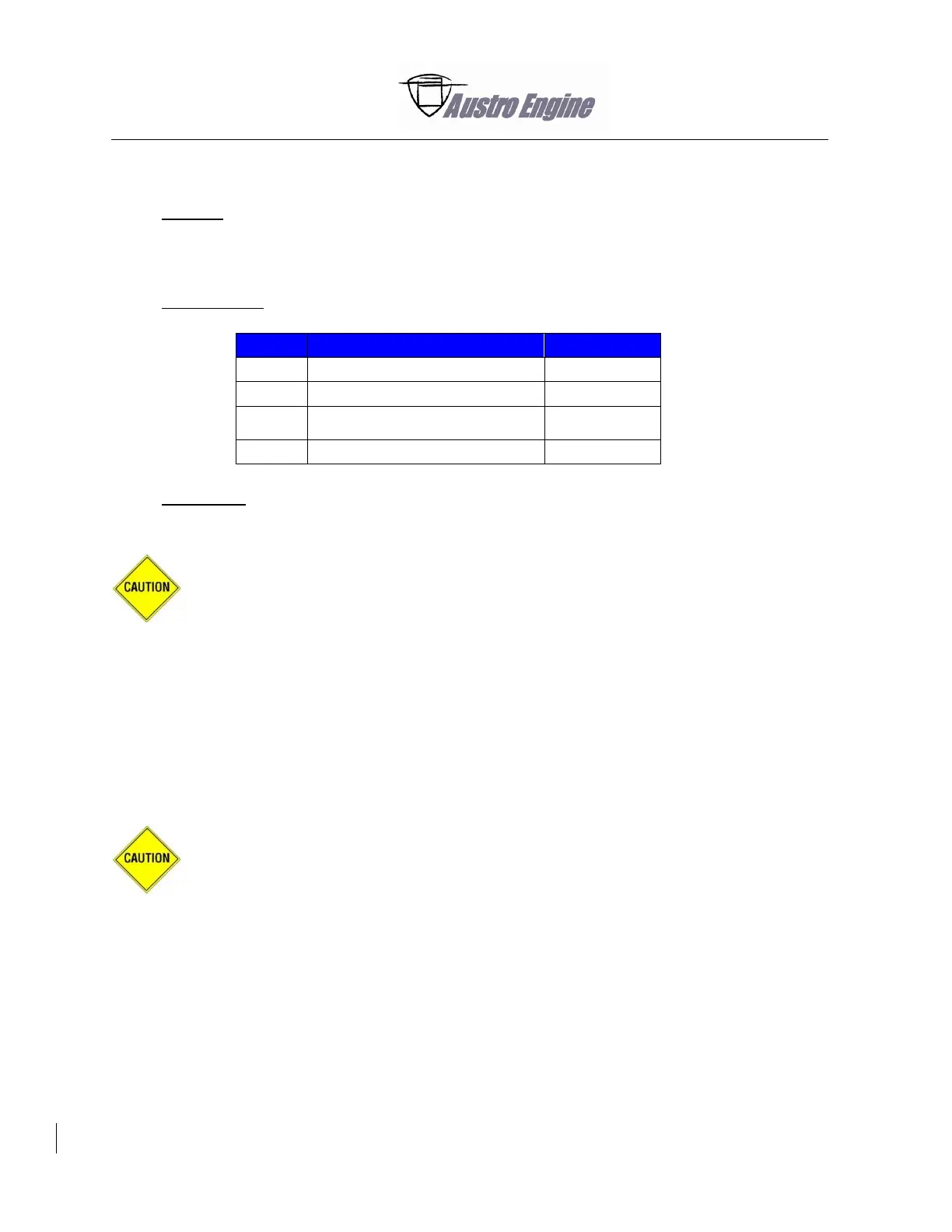70 - Maintenance Procedures
70-10-00 Safety wiring
1. General
This section contains the standard procedure for the safety wiring.
2. Special Tools
3. Basic rules
Obey the following rules for safety wiring method:
Do not over-torque or loosen a torqued nut to align lock-wire holes!
(a) If you are safety wiring a nut or a bolt, first torque the nut or bolt to its correct
torque value.
(b) Select the correct type and size of wire.
(c) Make sure the lock-wire is sufficiently tight not to let the units move.
(d) Do not overstress the lock-wire. This makes it weak, which can cause it to break
at normal handling or vibration.
(e) Install the wire so that all the force pulled by the wire tends to tighten the nut or
bolt.
(f) The twisted wire must be tight and even, and the tension in the wire between
nuts must be sufficient, without over-twisting.
Safety wire pliers can easily twist the wire too far and cause damage to the wire.
(g) Twist the wire between nuts by hand. Use the pliers only for end twist before the
excess wire cut.
(h) Install and twist the wire so that the loop around the head stays down and does
not tend to come over the bolt head and cause a slack loop.
(i) When different types of bolt heads or nuts are locked, you can use either right or
left hand twists. Install the lock-wire so that if the bolt or nut begins to loosen,
the wire will be in the direction of tightening the fastener.
